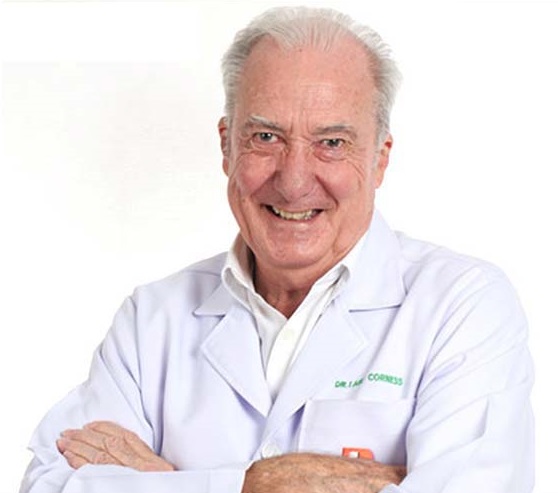

I have been a doctor for more years than the length of time some of the readers here have propped up a long wooden bar with a nubile hovering near their wallets. Yes, I’ve seen quite a few changes in the art of medicine in my time, and it is an art keeping patients happy while the treatment seems to be so slow in some cases.
Remember the five inch floppy? Not the computer one, but the one we didn’t talk about 30 years ago, so secret that we didn’t even refer to it by name, but used the acronym ED. That stood for (I can say it in these enlightened days) Erectile Dysfunction. Roughly explained as the inability of the penis (another word not often spoken in polite company, which I usually refer to as Willy the Wonder Wand), to get erect to carry out its number one function in a man’s life.
ED caused marriages to fold as men with the affliction looked for a lady with the key to making the member remember its function. And then along came Alprostadil, and this was long before the blue diamonds.
As a GP working on the frontline of medicine you were brought up to speed on the latest developments by the detailers, and a rather breathless chappie came to see me to tell me about Alprostadil, the wonder drug that could put the lead back in any man’s pencil.
One would imagine that the cheers would be heard everywhere at the bar with its attendant nubile, but there was one drawback. Alprostadil only worked by injection. And that injection was directly into the penis. Definitely cringe material.
As a medical student we were supposed to be able to get blood samples from our classmate’s thumbs. That of course was someone else’s thumb, but which of my fellow undergraduates would I trust with mine? Simple answer – none of them, so I spent 30 fruitless minutes chasing my thumb around the room. And that was for a thumb prick. Imagine the problems with a different prick.
What the treating GP had to do was get over the innate reluctance of patients exposing one’s member, and then teach the patient how to inject the Alprostadil. To make this even more of a hit and miss, the dosage was not accurately known and we were told that the first injection should be done in the surgery and then send the patient off having guessed the dose, probably somewhere in the middle of the dosage range. In addition, the patient was to telephone the GP in the morning to report back so we could get some idea of dose and result.
My first patient in need was an Aussie welder, blue Jacky Howe singlet and all. These are the salt of the earth characters, with the blue singlet very much an Australian icon, originally worn by shearers and now adopted by the blue collar workers. “Can’t do me homework Doc,” he said, getting straight to the point as Aussies do. After examination and history taking, he was certainly suffering from ED. So following explanation and an embarrassed demonstration by both doctor and patient, he hared off to see if he would get a pass for his homework that evening, and with the promise to ring me in the morning.
First call was my welder, “How did you go?” said I. The reply was straight to the point, “Best root I’ve had in years!” (Forgive the Aussie vernacular, but that’s how Australian welders talk.)
Delighted I congratulated him, but he went on a little further. “I think we should cut the dose down a little, Doc.”
“Why?”
“They could have picked me up by the legs this morning and ploughed the front yard with me!”
I admit I was unable to stifle my laughter, but my patient didn’t worry. “When’s me next injection, Doc?”
With the advent of Viagra (Sildenafil, AKA the blue diamonds) the need for Alprostadil waned, but is still used today for those ED sufferers for whom Sildenafil is not getting them a pass on their homework.





